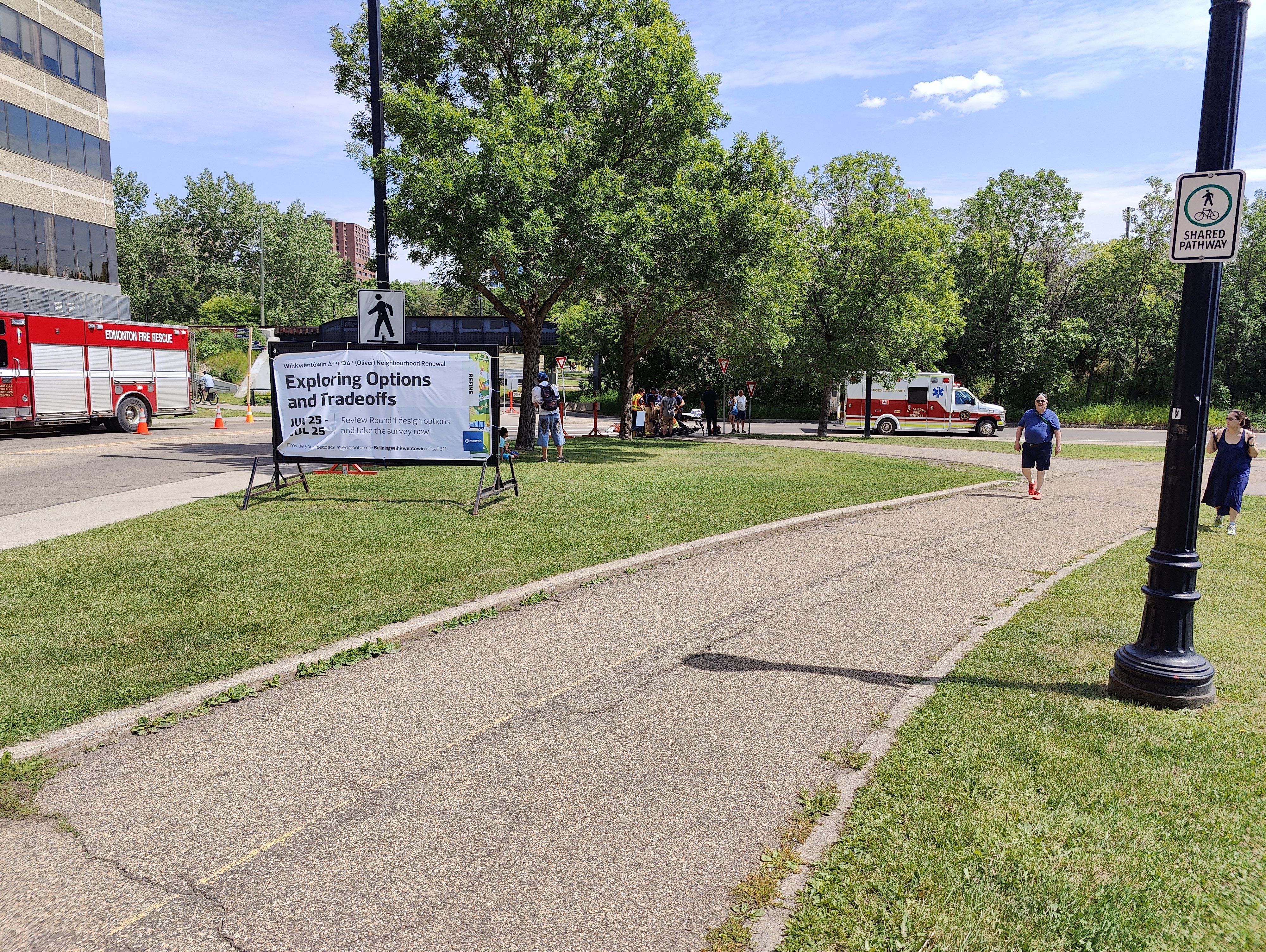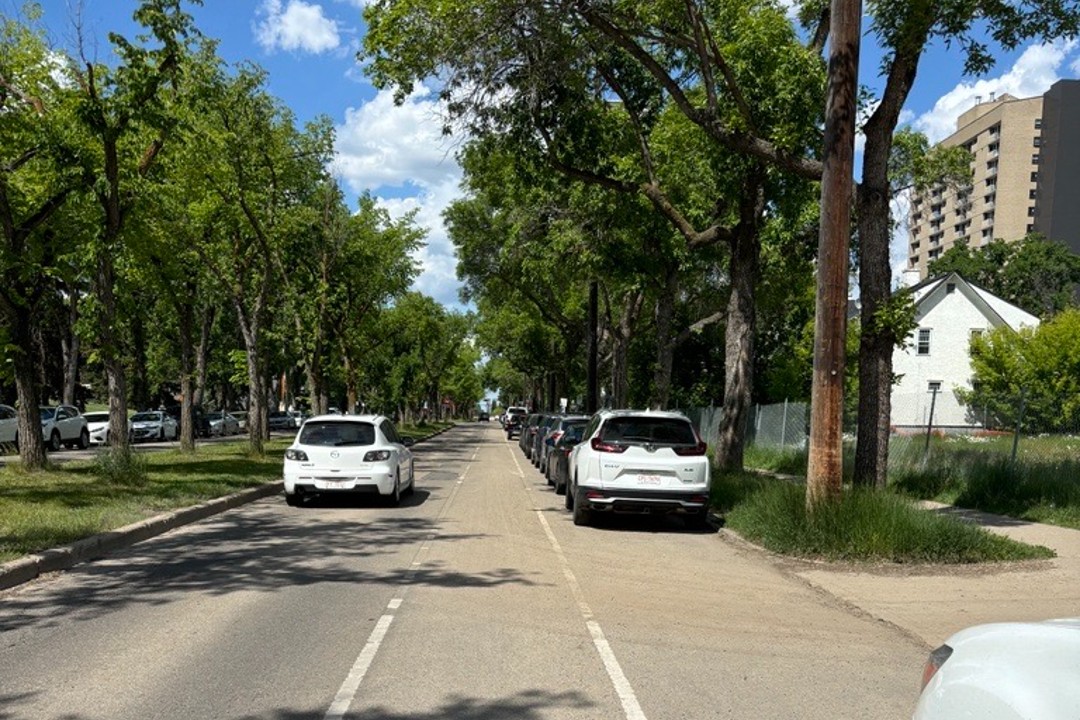TAS
Senior Member
Still another week to complete the survey for Wîhkwêntôwin renewal if anyone is interested! Surprisingly, there's still some anti bike laners, even in this area haha. So the supporting voices do matter! Lost parking is likely the biggest pushback being received.

Wîhkwêntôwin ᐄᐧᐦᑫᐧᐣᑑᐃᐧᐣ (Oliver) Neighbourhood Renewal and Why it Matters
Discover the importance of the Wîhkwêntôwin Neighbourhood Renewal project and how it aligns with Edmonton's goals for a sustainable and bike-friendly city. Explore ways to improve designs for a safer and more connected community.yegbike.info
I understand apartment building residents in complexes like the David Thompson that were built with zero guest parking wanting to retain as much street parking in the neighbourhood as possible. Building safe, viable alternatives to driving though requires some new infrastructure so in many cases the option is removing some parking because roads can't get wider in many areas.
In terms of parking, given that Edmonton has grown by 100,000 people in 2022-23 and during that same time added more than 60,000 cars, something has to give. If we add more parking to accommodate the 10s of thousands of cars added to our roadway every year, that's a lot of space/land in our cities for parked vehicles. Again, many of our roads can't get any wider - so where are these cars going to park? Do we leave undeveloped sites as is for parking and perhaps even take down more buildings for more parking? I sure hope not. Look what that has done to our downtown.
Older neighbouroods, despite having lower populations than previous decades, are experiencing more parking congestion now than ever before because even though fewer residents live in these neighbourhoods, more of the people have more vehicles. And so the thought of any more density terrifies them, because even though populations in their neighbouroods are down, they are deeply concerned about parking in front of their house for themselves and visitors.
Reducing street space used for parking with active transportation infastructure seems counterintuitive and a major threat to most because it's taking away that space, but what other way is there to provide viable, safe alternatives to driving? If we keep putting all our eggs into driving and parking infrastructure, many areas of this city are going to run out of space as our population and vehicle ownership grows. Then what?
Last edited:






